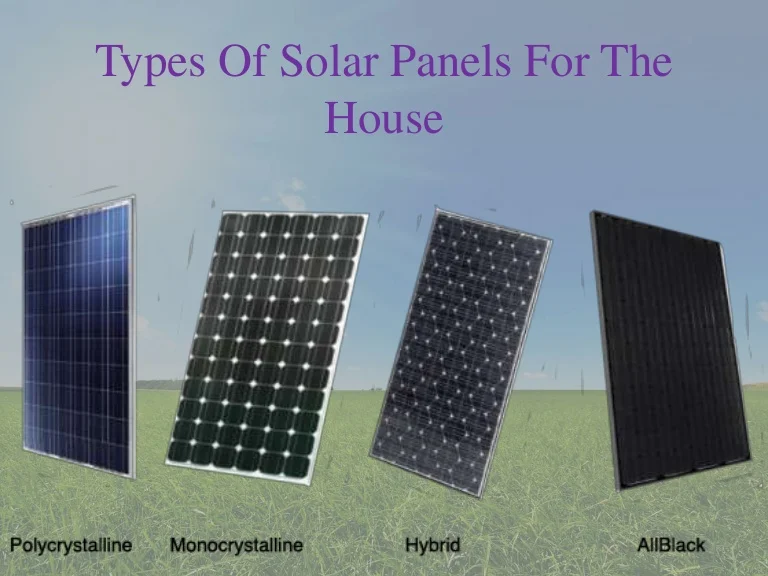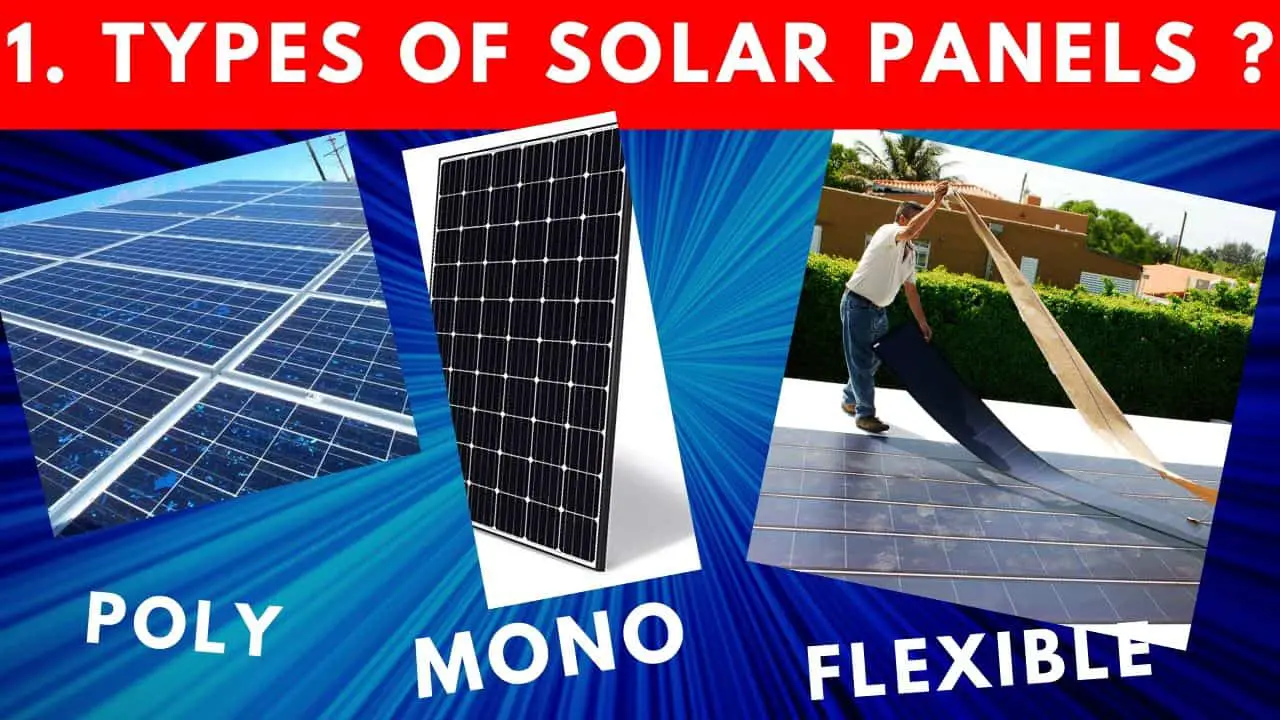Facts About Solar Systems Revealed
Wiki Article
Indicators on Solar Systems You Should Know
Table of ContentsSolar Systems - The FactsNot known Factual Statements About Solar Systems Facts About Solar Systems UncoveredSolar Systems - An Overview
There are three various kinds of solar panels: monocrystalline, polycrystalline, and also thin movie. Monocrystalline solar panels are extremely reliable and have a streamlined design, but come with a higher price point than various other photovoltaic panels. Polycrystalline photovoltaic panels are less costly than monocrystalline panels, however, they are less effective as well as aren't as aesthetically pleasing.Nowadays, there are numerous varieties of monocrystalline solar panels on the market to select from., are becoming an increasingly preferred monocrystalline option.
Because monocrystalline solar cells are made of a single crystal of silicon, electrons are able to conveniently stream throughout the cell, increasing total efficiency. Not only do monocrystalline panels have the greatest performance ratings, they usually additionally have the highest possible power capability rankings. Many monocrystalline panels on the marketplace today will certainly have a power result score of at the very least 320 watts, yet can rise to around 375 watts or higher!.
Because polycrystalline cells have numerous silicon cells, the electrons can stagnate as quickly and also consequently, lower the effectiveness of the panel. The reduced performance of polycrystalline panels additionally means they have a tendency to have a reduced power result than monocrystalline panels, typically ranging in between 240 watts as well as 300 watts.
Solar Systems Things To Know Before You Buy
In order to fulfill your energy requires, you would certainly require to mount more thin movie panels over a large location to produce the very same amount of electricity as crystalline silicon solar panels. This is why thin movie solar panels don't really make feeling for property installments where room is limited.The temperature coefficient tells you just how a lot the power output will certainly lower by for every single 1 * C over 25 * C the panel gets. The basic temperature level coefficient for mono and also polycrystalline panels generally drops someplace in between -0. 3% and also -0. 5% per * C. Thin film panels on the various other hand, are around -0.
With some thin film panels, it's tough to also see the specific cells within the panel. They additionally tend to have less electrical wiring and also busbars, implying there's less white area. Nonetheless, because they are so inefficient, you would require to cover your entire roof in thin movie panels - which may or may not be your design.

Some manufacturers have worked around this with black packing or shaping the cells differently, yet these visual changes can influence both the rate and also efficiency of the panels. In general, monocrystalline panels still look sleek, but they're a bit more pronounced than slim film panels. solar systems. The procedure in which polycrystalline solar cells are manufactured causes the cells to have a blue, marbled appearance.
Facts About Solar Systems Uncovered
If you're on a limited spending plan, polycrystalline panels could make even more sense for you. We do not advise slim film solar panels for residential installations - their performance and also longevity do not make the inexpensive worth it, and it's unlikely you'll have nearly adequate space to set up the number of slim film panels you would certainly need to cover your house electricity usage.Since they are made from pure silicon, they can be easily recognized by their dark black color. Making use of pure silicon also makes monocrystalline panels one of the most space-efficient and longest-lasting amongst all 3 solar panel kinds. This comes at a price a great deal of silicon is squandered to produce one monocrystalline cell, sometimes getting to over 50%. solar systems.

Amorphous silicon panels (A-Si) derive their name from their unformed nature. Unlike mono-and polycrystalline solar cells, the silicon is not structured on the molecular level. Usually, an a-Si cell needs only a portion of the silicon needed to generate common silicon cells. This permits them to have the least expensive production price, at the expense of efficiency.
The smart Trick of Solar Systems That Nobody is Discussing
50 $0. 50 $0. 50 Note that these numbers do not consist of the expense of installation as well as labor.
This means that thin-film panels can be a good choice for hotter settings or places that experience even more sunshine throughout the year. The updated International Building ordinance of helpful resources 2012 needs solar panels to match the fire rating of the roofing system where they are installed. This is to make certain that the modules do not accelerate the spread of fires in the occasion of a fire.
Report this wiki page